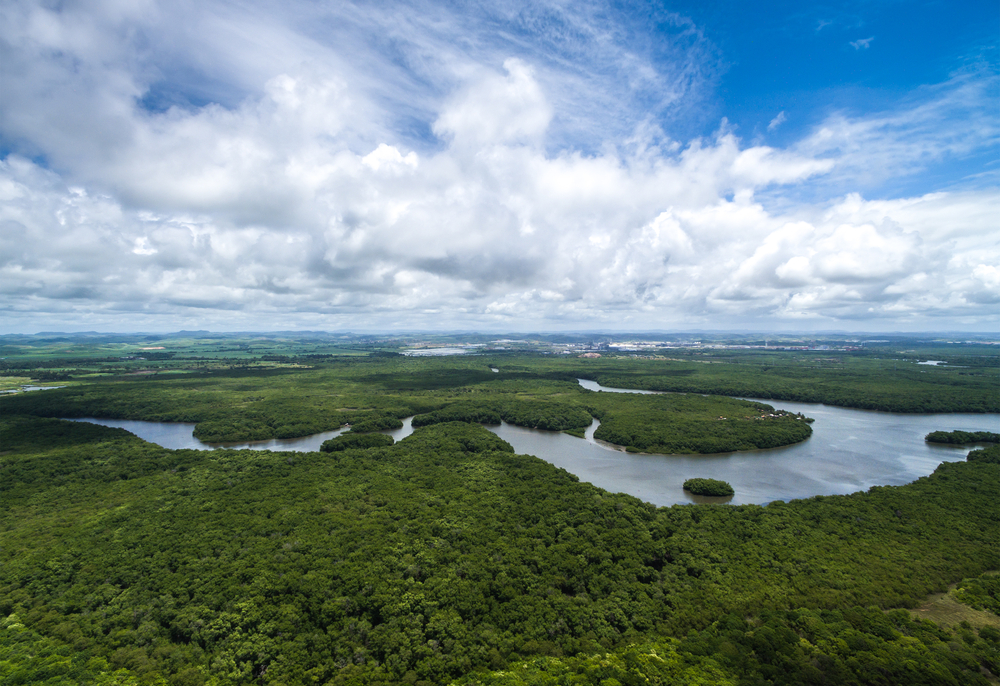Preliminary government data indicates a significant milestone in Brazil’s campaign against deforestation, with deforestation rates dropping by 34 percent in the first half of 2023.
Tougher environmental regulations have been adopted under President Luiz Inacio Lula da Silva’s leadership, resulting in the lowest levels of deforestation in the Amazon rainforest since 2019. This optimistic development is a significant step forward for the region’s future sustainability.
Brazil’s unwavering commitment to environmental protection
President Lula, who took office in January, committed to completely eliminate deforestation by 2030. Earlier this year, The Optimist Daily shared an article outlining how deforestation was already on the decline in Brazil during the first month of President Lula’s rule, a welcome change that followed the growing environmental damage under his predecessor, Jair Bolsonaro, who reduced protective measures. Recognizing the gravity of the problem, President Lula quickly directed greater resources to environmental enforcement. Half a year into his presidency, these efforts have resulted in tangible success in reducing deforestation.
Anti-deforestation is in full swing
While the decrease in deforestation rates is unquestionably a beneficial development, the underlying challenges should not be overlooked. The deforested area during the first half of the year was 2,649 square kilometers (1,023 square miles), which is more than three times the size of New York City. “It’s very positive,” Daniel Silva, an expert at the non-profit WWF-Brasil, said, “but we continue to have very high levels of deforestation.”
Marina Silva, the Environment Minister, stressed the government’s commitment to combating deforestation, stating that the drop was a direct result of the Lula administration’s quick action and increased resources for environmental preservation. “We are making every effort to ensure that our anti-deforestation plan is already in full swing,” Silva said. This is the result of our disaster relief efforts.”
Satellite data from Brazil’s national space research agency Inpe found a significant 41 percent decrease in deforestation in June alone, compared to the same month the previous year. While the total annual drop remains unpredictable, with the peak season for deforestation and fires happening between July and September, the government’s commitment to addressing these issues remains unwavering.
Eradicating Amazon deforestation by 2030
Looking ahead, Brazil’s government revealed a detailed strategy to meet President Lula’s ambitious objective of eradicating Amazon deforestation by 2030. This strategy calls for more law enforcement against environmental crimes as well as the promotion of green economic development. Brazil is paving the road for a sustainable and thriving Amazon rainforest ecology by combining these efforts with continuous dedication and international collaboration.











